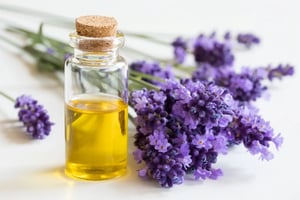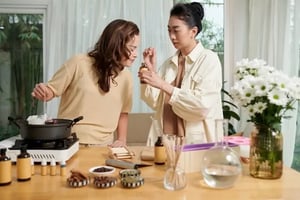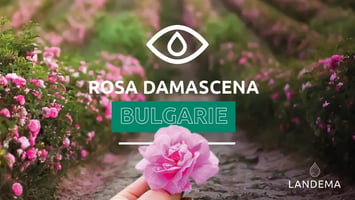Complete guide to Landema aromatherapy: technical training
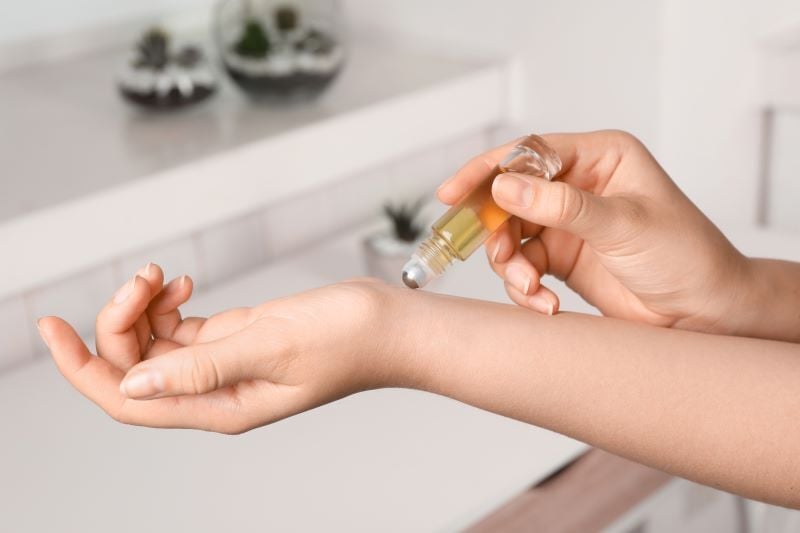
September 09, 2025
The Aromatherapy Guide by Landema
Of the 800,000 plants that grow on our beautiful planet, only 10% are said to be "aromatic": "Aromatic plants are a group of plants used in cooking and phytotherapy for the aromas they give off, and the essential oils that can be extracted from them. These aromatic plants are cultivated according to need for their leaves, stems, bulbs, roots, seeds, flowers, bark, etc." i.e. they contain precious molecules. Man has developed various extraction processes to concentrate and use these molecules for beneficial purposes.
Our Landema teams have decided to produce a guide to aromatherapy. Its aim is to help you discover the "essentials" of what aromatic plants have to offer.
Some basic principles of aromatherapy
A little vocabulary
To fully understand the field of aromatherapy, a few definitions are necessary. Here are four that will help you make the most of this guide:
- Aromatherapy: the use of aromatic plant extracts for therapeutic purposes or to enhance well-being.
- Essential oil: a liquid concentrated in aromatic molecules and extracted from a plant/flower by distillation or expression.
- Hydrolat or "floral water": by-product of the distillation of a plant's essential oils, which retains the water-soluble molecules.
- Oily macerate: the result of infusing part of a fresh or dried plant in cold-pressed vegetable oil.
Essential" molecules in aromatherapy
Aromatic extracts from plants used in aromatherapy contain numerous active molecules, each with its own properties. These include the phenols found in extracts of Thyme(Thymus vulgaris), Clove(Eugenia caryophyllus)... which invigorate.
You'll soon be able to find a selection of essential oils in the Landema online catalog: register here to be informed when the online store opens.
Precautions when using plant extracts
Whether you use an essential oil, a hydrolat or an oily macerate, their precautions for use are similar, as they all contain highly active molecules. However, as essential oils are highly concentrated, you need to be particularly careful with them. It is therefore always preferable to dilute them in a vegetable oil, and to reserve them for adults or children over 6 years of age. For younger people, as well as pregnant or breast-feeding women, hydrolats are just as effective, but less concentrated.
In all cases, essential oils and macerates should never be used on or around the eyes, nor should they be injected. On the other hand, some essential oils can be dermocaustic (irritating to the skin), as in the case of green oregano (Origanum vulgare), eucalyptus (Eucalyptus citriodora or eucalyptus radiata) or cinnamon (Cinnamomum verum), for example.
Others, such as citrus extracts (Bergamot (Citrus bergamia), Lemon (Citrus limon), Sweet Orange (Citrus sinensis), are photosensitizing (a reaction after exposure to the sun). Always take the time to inform yourself before use. If in doubt, perform a skin tolerance test on the inside of your elbow, and wait 48 hours to see if there's any reaction.
Applying essential oils to the skin
By applying essential oils, diluted at a rate of 1-10% in a vegetable oil, you can use them for massage or local friction. The active principles of plant extracts cross the skin barrier to reach the bloodstream.
Applying essential oils by air
By air, essential oils can also penetrate our lungs or sense of smell. You can use a diffuser for 10 to 15 minutes up to three times a day, or simply place a drop of essential oil on a handkerchief or pillow.
You can also use inhalations to clear the respiratory tract. To do this, pour a few drops of essential oil into an inhaler bowl filled with boiling water and inhale the aromatic vapor for 10 minutes.
With other uses
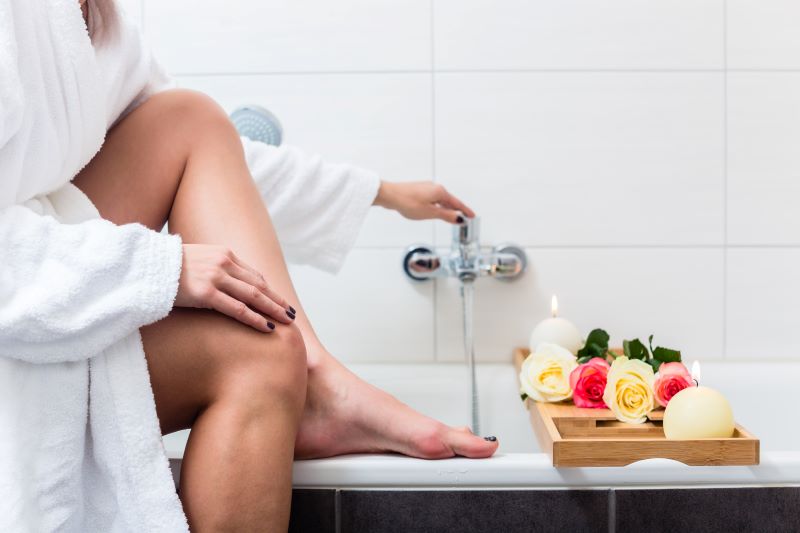
You can also make aromatic baths ( by mixing the essential oil or oily macerate in coarse salt, for example) and incorporate the plant extracts into your cosmetics and toothpaste.
On the other hand, if you make your own household products, consider using the disinfectant properties of essential oils such as Tea Tree (Melaleuca alternifolia).
Finally, a number of these essential oils are ideal for use in cooking. In this case, count 1 drop per kilo of culinary preparation.
A few examples of how to use plant extracts in aromatherapy
Quick mix for aches and pains
In the palm of your hand, combine 2 drops of lemon Eucalyptus (Eucalyptus citriodora) and wintergreen (Gaultheria procumbens) essential oils with 5 drops of Arnica(Arnica montana) oily macerate. After physical exertion, apply this mixture to painful areas. Wash hands thoroughly and avoid contact with eyes.
Useful for your well-being
We suggest you try this synergy of antiviral, immuno-stimulating and anti-infectious* essential oils designed by aromatherapist Aude Maillard.
In a 30 ml glass bottle, mix 5 ml Ravintsara essential oil (Cinnamonum camphora), 5 ml Eucalyptus radiata essential oil (Eucalyptus radiata), 10 ml Tea Tree essential oil (Melaleuca alternifolia) and 10 ml Ginger essential oil (Zinziber officinale). Close the bottle and shake.
Dilute 10 to 15 drops of this synergy in 10 drops of apricot kernel vegetable oil (7 drops are sufficient for children aged 7 to 12). Massage vigorously over the entire back, thorax or arch of the foot.
This application can be made every hour, changing the area of application each time: on the chest, back, inside arms, under feet, behind knees.
Take care not to exceed a maximum of 10 applications on the first day, then only 6 on the second and 4 on the third if necessary. Take a break and notice the beneficial effects on your body.
Beware of skin with allergic tendencies: prefer an application on the plantar surface.
*Source: https: //www.aude-maillard.fr/traitement-flash-de-la-grippe-avec-les-huiles-essentielles/
If the vast field of aromatherapy appeals to you, all that's left to do is experiment with plant extracts to discover their full richness and effectiveness. However, always take care to observe the precautions for use. When you choose your products from Landema, you can be sure that you're dealing with extracts that are controlled, certified for quality and harvested with respect for both nature and people.


